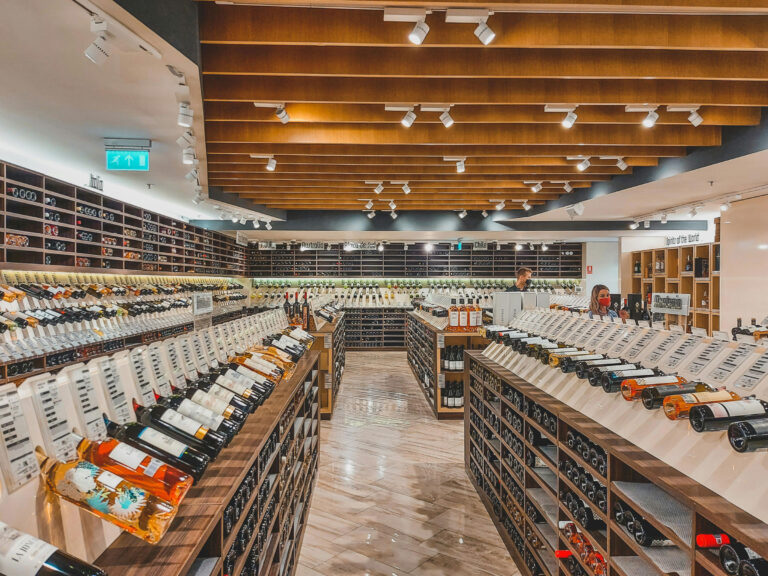

Suppliers and wholesalers (“Industry Members”) must comply with the TTB’s mandatory advertising requirements set forth in the regulations under §§ 4.62 (wine), 7.233 (malt beverages) and 5.233 (spirits). Basically, whenever an Industry Member advertises specific alcoholic beverages it must include the name, city and state of the responsible advertiser and the class of the beverage. For wine it must also include the type and distinctive designation to which the product belongs. For spirits, in addition to class and type, it must include alcohol content, percentage of neutral spirits and the name of the commodity. While it is always best to check the regulation, as a rule, if the advertisement is a general reference to all the products in the Industry Member’s line, whether by company name or a common brand name, all that is required is name, city and state contact information of the responsible advertiser.
The definition of “advertisement” includes any written or verbal statement, illustration, or depiction that is in, or calculated to induce sales in, interstate or foreign commerce, or is disseminated by mail. The regulations list specific examples that include advertising which appears on the internet or other electronic sites or social networks as well as any other media. Under the regulations, this information must be readily legible, apparent, and conspicuous to the consumer. Significantly, the TTB will consider the Industry Member as the advertiser if it provides links such as QR codes to another site where an alcoholic beverage is advertised or if it “likes” a post on another site.
As technology advances, the TTB is constantly forced to address how and where this mandatory information should appear. Recently the TTB published Industry Circular 2024-1 to address this issue.
TTB views a page or site as a single advertisement and strongly recommends that, for the benefit of consumers, advertisers consider placing mandatory statements in a readily apparent location where a viewer would most logically expect to find information. On websites and in social media that offers it, the “profile” or “about” page is a logical place for the information about the responsible advertiser. However, the information about the class, type and alcoholic content of a beverage should be placed where the specific product is featured.
Some forms of social media have extremely limited space. For this reason, the TTB will allow the mandatory information to be placed on a link (or where space is extremely limited to a link tree) that can be clicked and will take the consumer to the place where the information is located. However, when a link is used, it must jump directly to the place where the information can be found, and the consumer must not be required to “sign in” to the new location or search within it to find the information.
Some advertising content is set up in such a way that it may be removed from the website and stand alone. For instance, the Industry Member may include content on its website that can be downloaded or shared by the consumer. In such cases the content must either contain the mandatory information or have a link back to it.
The TTB judges all advertising and content on a case-by-case basis. For instance, the TTB may consider the Industry Member to be the responsible advertiser if it compensates a “social media influencer” to feature a particular product. As an example, the TTB points to a situation in which the social media influencer is a chef and the Industry Member pays to have its beverage featured in an on-line recipe.
Remember, when an Industry Member disseminates information with the intent that it attract consumers to its products, no matter the method, it is likely to be considered advertising which requires the Mandatory Information.
Keven Danow is an attorney representing members of all three tiers of the Beverage Alcohol Industry and member of The Danow Group, 605 Third Avenue, New York, NY 10158. (212 3703744). Website: thedanowgroup.com; email:kd@thedanowgroup.com
Written by



